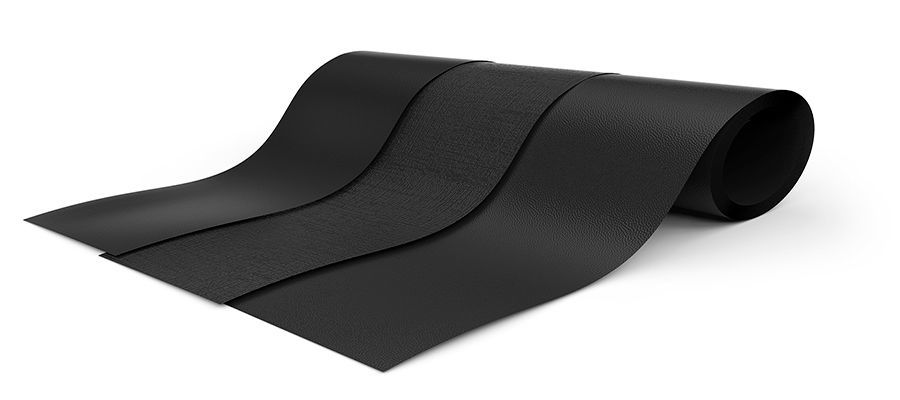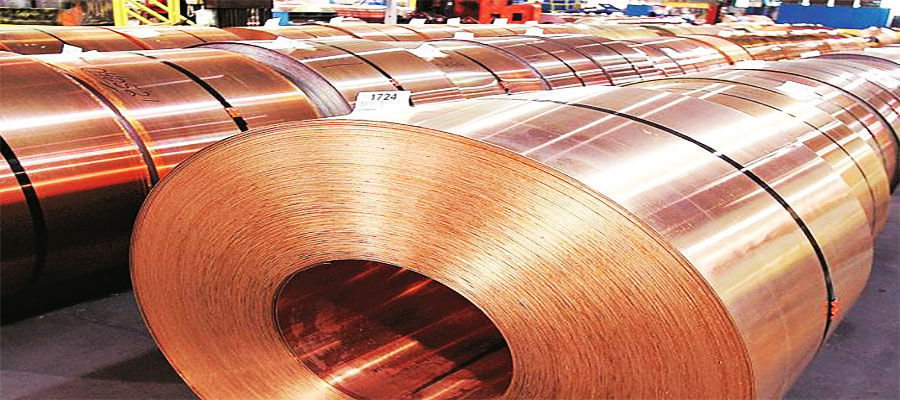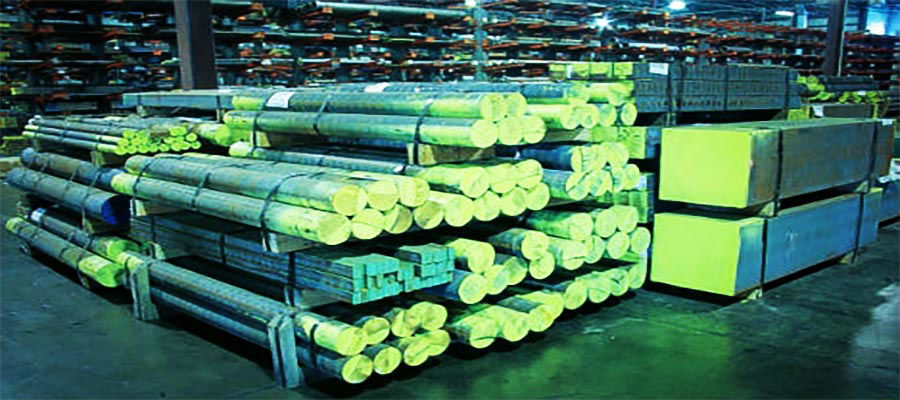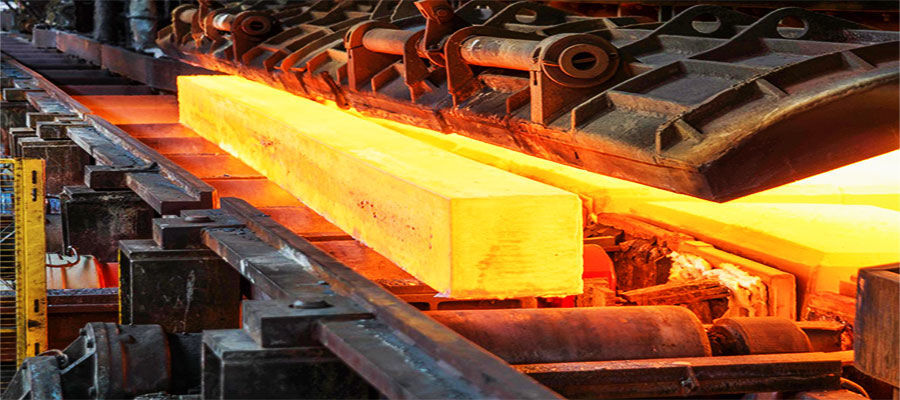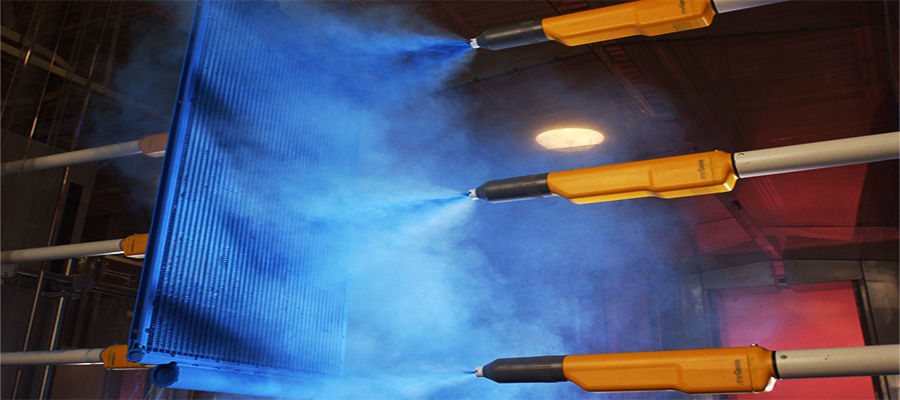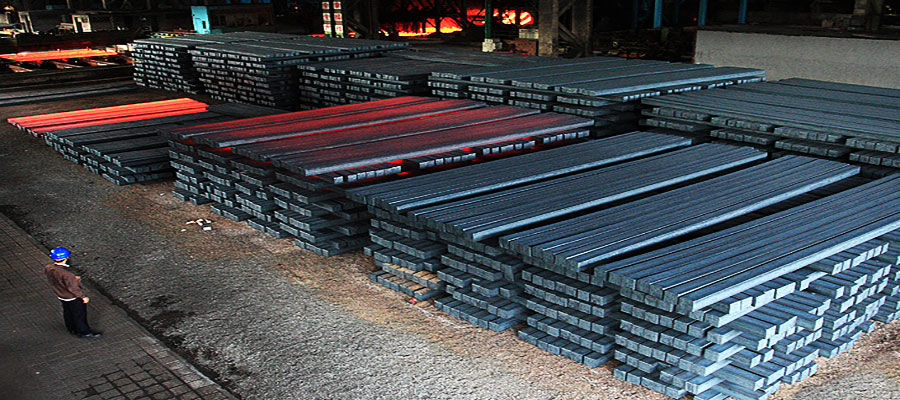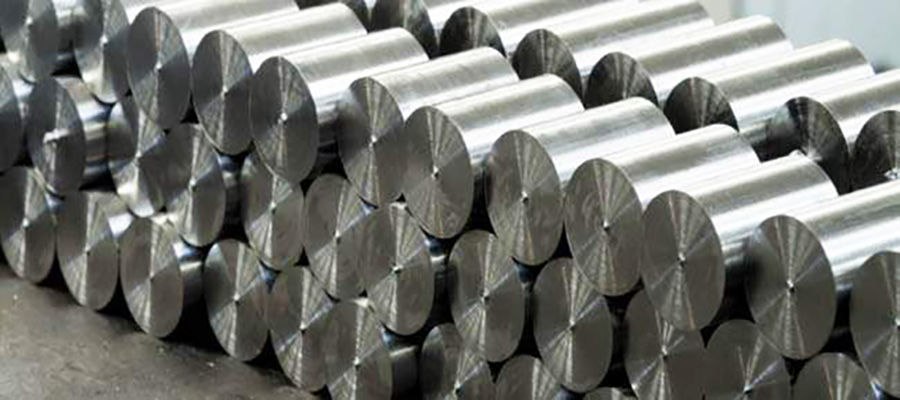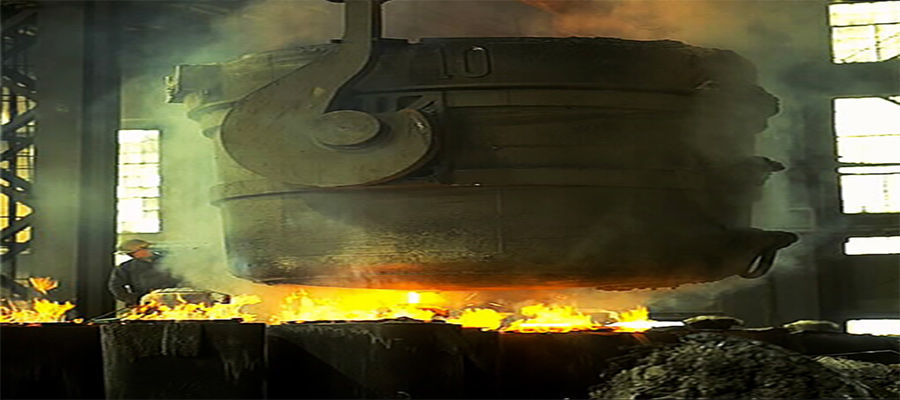20 Jun 2020
What is Rubber ?
No one is ignorant of rubber and rubber products. Rubber has, in fact, become an indispensable part of everyone's life. So, lets know about the different types of rubber used for making industrial rubber goods as well as consumer and daily use products. What is Rubber? Technically speaking, rubber is a natural polymer of Isoprene (usually cis-1,4-polyisoprene). It is hydrocarbon polymer occurring as milky latex in the sap of various plants and can also be made synthetically. A small percentage (about 5%) of other materials like proteins, fatty acids, resins and inorganic materials (salts) are also present in natural rubber. Rubber, as mentioned earlier too, can also be made artificially or synthetically. The type of rubber which is produced artificially is called synthetic rubber. In simple terms, rubber can be defined as a sticky, elastic solid which is produced from a milky liquid known as latex obtained from various types of rubber trees. Different Types of Rubber There are basically two broad categories into which the rubber types can be placed. These are- Natural Rubber and Synthetic Rubber. Sometimes vulcanized rubber is also taken to be a type of rubber. Lets know about all these types of rubber. Natural Rubber The elastic material which is obtained from the latex sap of trees is called natural rubber. Natural rubber can be vulcanized and finished into a various types of rubber products. Various types of tropical and sub-tropical trees in the regions of Amazon, South East Asia and Africa produce the milky fluid latex that are in the form of latex tubes. The rubber molecules present in these latex tubes are made up of 5 carbon and 8 hydrogen atoms. A large number of these rubber molecules are joined with each other to form long, chain-like structure. This chain of rubber molecules is called polymers that gives rubber its property of elasticity. Synthetic Rubber Any kind of artificial elastomer (a polymer) is called synthetic rubber. An elastomer can be defined as a material having the property of elasticity. Thus, the type of rubber made from chemicals to act as the substitute for natural rubber is the synthetic rubber. There are various types of polymers used for making synthetic rubber types. Due to this, different types of synthetic rubbers have different properties that are tailored for specific needs of rubber products industries. To have an idea about these different synthetic rubbers, read about the Types of Synthetic Rubber





